

Martin Luther King, Jr. Memorial

Martin Luther King, Jr. Memorial
The Martin Luther King, Jr. Memorial is located in West Potomac Park in Washington, D.C., southwest of the National Mall. The national memorial is America's 395th unit in the national park service. The monumental memorial is located at the northwest corner of the Tidal Basin near the Franklin Delano Roosevelt Memorial, on a sightline linking the Lincoln Memorial to the northwest and the Jefferson Memorial to the southeast. The official address of the monument, 1964 Independence Avenue, S.W., commemorates the year that the Civil Rights Act of 1964 became law.
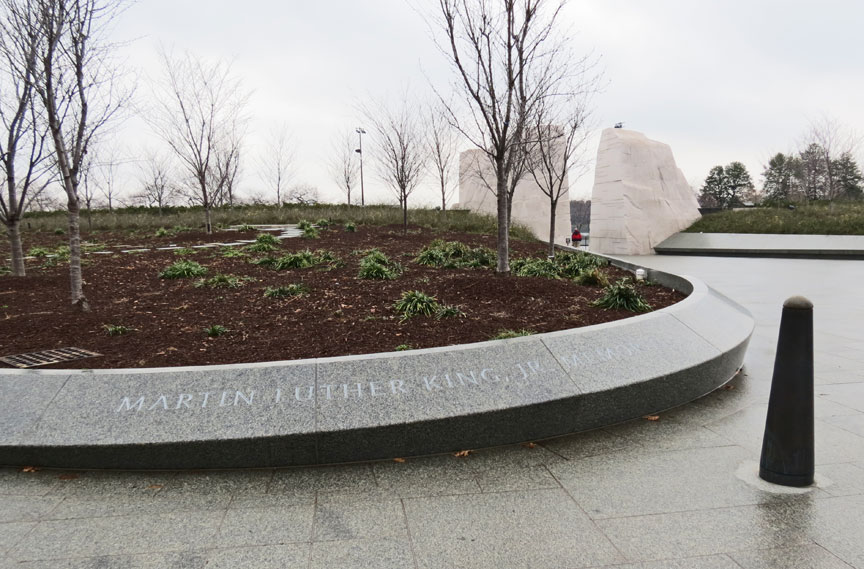
Covering four acres, the memorial opened to the public on August 22, 2011, after
more than two decades of planning, fund-raising and construction. A ceremony
dedicating the Memorial was scheduled for Sunday, August 28, 2011, the 48th
anniversary of the "I Have a Dream" speech that Dr. Martin Luther King, Jr.
delivered from the steps of the Lincoln Memorial in 1963 but was postponed until
October 16 (the 16th anniversary of the 1995 Million Man March on the National
Mall) due to Hurricane Irene.
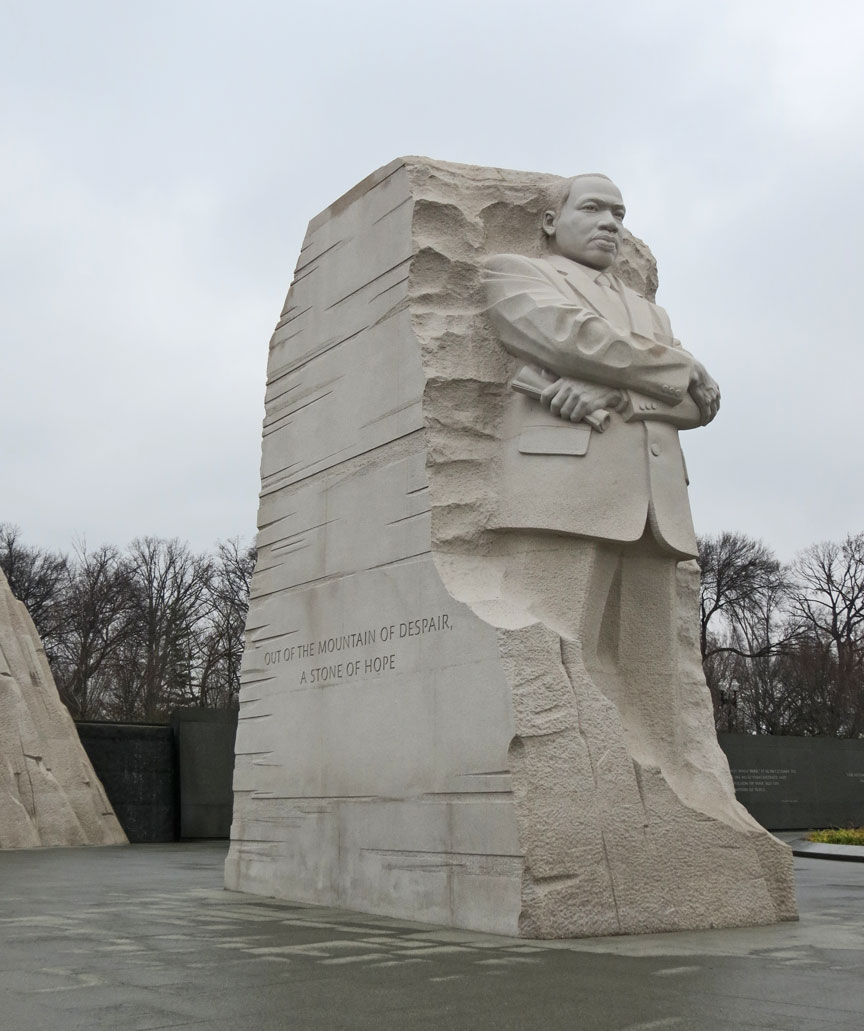
"Out of the mountain of despair,
A stone of hope."
From "I have a dream" speech,
August 28, 1963, Washington, D.C.
Although this is not the first memorial to an African-American in Washington, D.C., Dr. King is the first African-American honored with a memorial on or near the National Mall and only the fourth non-President to be memorialized in such a way. The King Memorial is administered by the National Park Service (NPS).
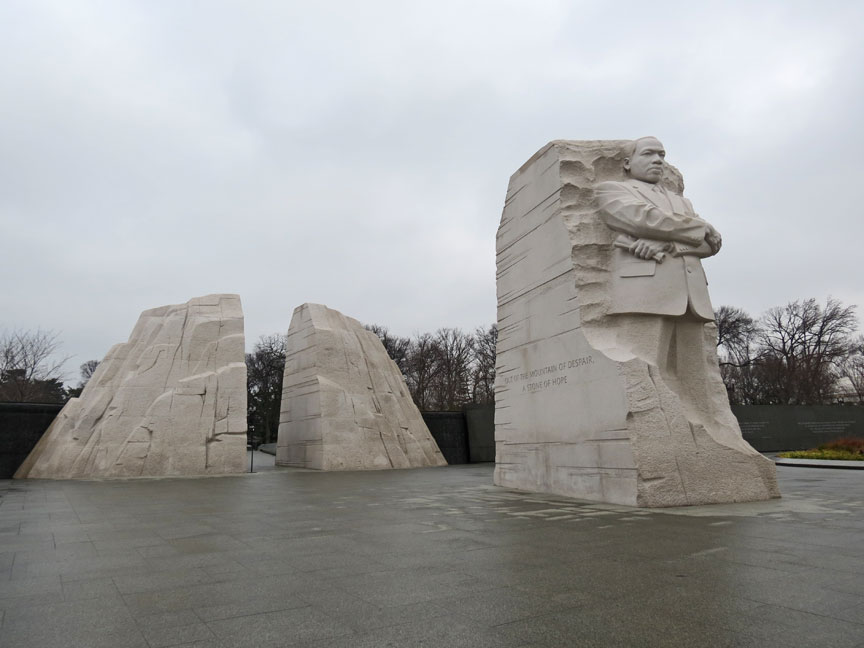
The street address for the memorial is 1964 Independence Ave., SW, Washington, DC, with "1964" chosen as a direct reference to the 1964 Civil Rights Act, a milestone in the Civil Rights movement in which King played an important role. The memorial is located on a 4-acre (1.6 ha) site in West Potomac Park that borders the Tidal Basin, southwest of the National Mall. The memorial is near the Franklin Delano Roosevelt Memorial and is intended to create a visual "line of leadership" from the Lincoln Memorial, on whose steps King gave his "I Have a Dream" speech at the March on Washington, to the Jefferson Memorial.


The centerpiece for the memorial is based on a line from King's "I Have A Dream"
speech: "Out of a mountain of despair, a stone of hope." A 30 feet (9.1 m)-high
relief of King named the “Stone of Hope” stands past two other pieces of granite
that symbolize the "mountain of despair." Visitors literally "pass through" the
Mountain of Despair on the way to the Stone of Hope, symbolically "moving
through the struggle as Dr. King did during his life."


A 450 feet (140 m)-long inscription wall includes excerpts from many of King's
sermons and speeches. On this crescent-shaped granite wall, fourteen of King's
quotes will be inscribed, the earliest from the time of the 1955 Montgomery Bus
Boycott in Alabama, and the latest from his final sermon, delivered in 1968 at
Washington, D.C.'s National Cathedral, just four days before his assassination.


The relief of King is intended to give the impression that he is looking over
the Tidal Basin towards the horizon (not towards the Jefferson Memorial as many
believe), and that the cherry trees that "adorn the site" will bloom every year
during the anniversary of King's death.


This memorial is not the first in the U.S. capital to honor an African American,
because one already exists for Mary McLeod Bethune, founder of the National
Council of Negro Women, who also served as an unofficial advisor to President
Franklin D. Roosevelt. A 17 feet (5.2 m)-tall bronze statue of her is located in
Lincoln Park, East Capitol St. and 12th St., NE. However, this will be the first
memorial to an African-American on or near the National Mall.


The memorial is the fourth that commemorates an individual who never served as
President of the United States that is located on or near the National Mall. The
others include the George Mason Memorial, honoring George Mason, author of the
Virginia Declaration of Rights (the basis for the U.S. Constitution's Bill of
Rights, near the Thomas Jefferson Memorial; the John Ericsson Memorial, erected
to honor John Ericsson, the Swedish-born engineer and inventor who designed the
USS Monitor during the Civil War; and the John Paul Jones Memorial, erected in
1912 near the Tidal Basin in memory of John Paul Jones, the Scottish-born
American naval hero who served during the American Revolution.
Text from Wikipedia


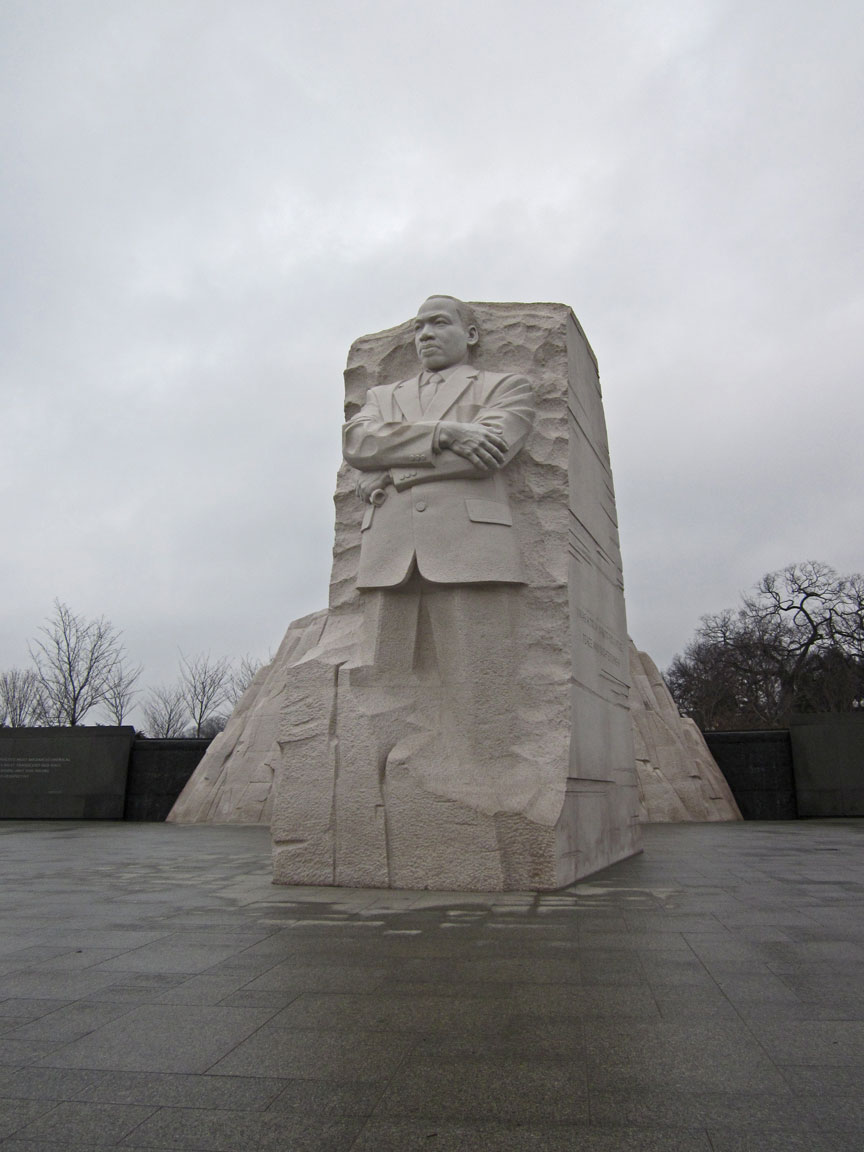

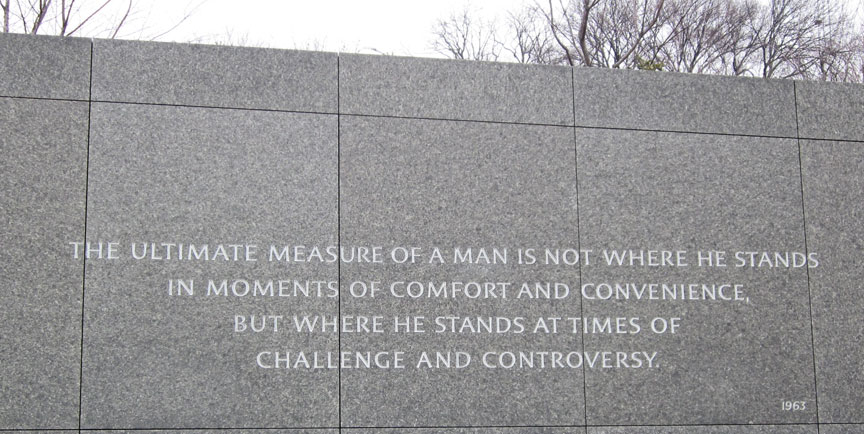



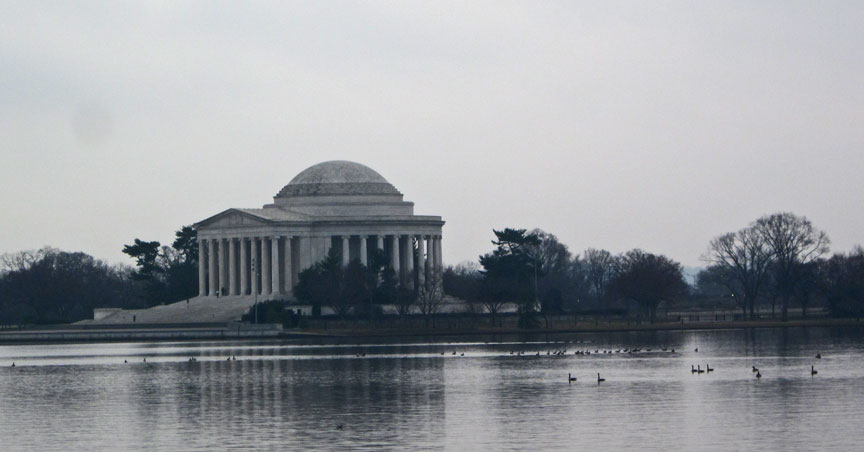
view of the Jefferson Memorial